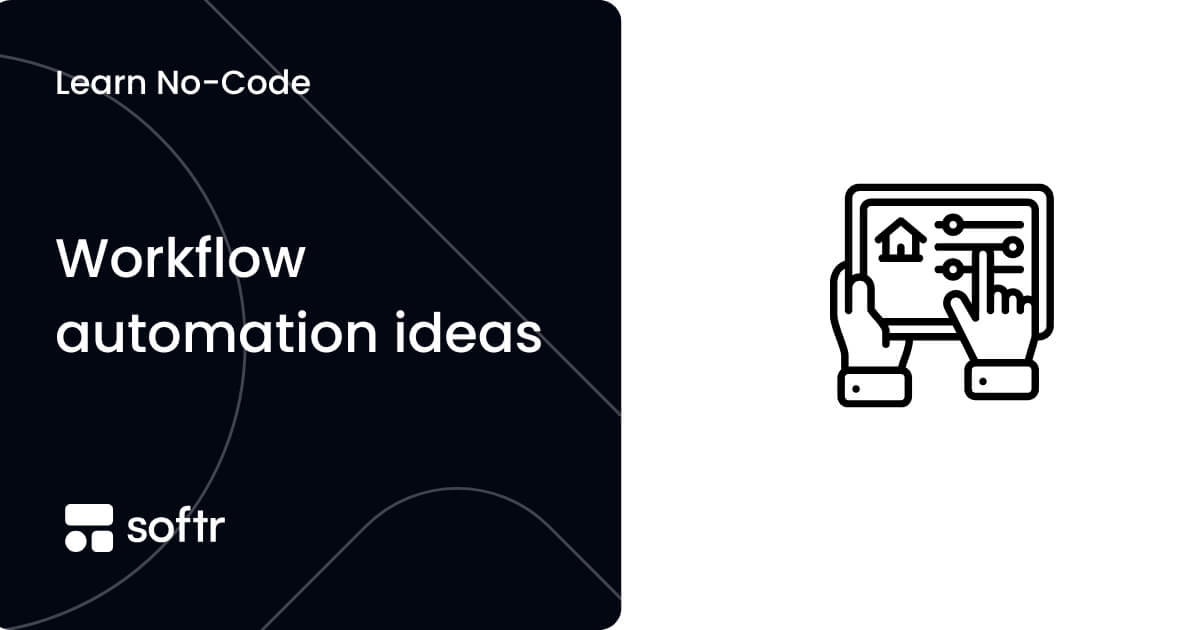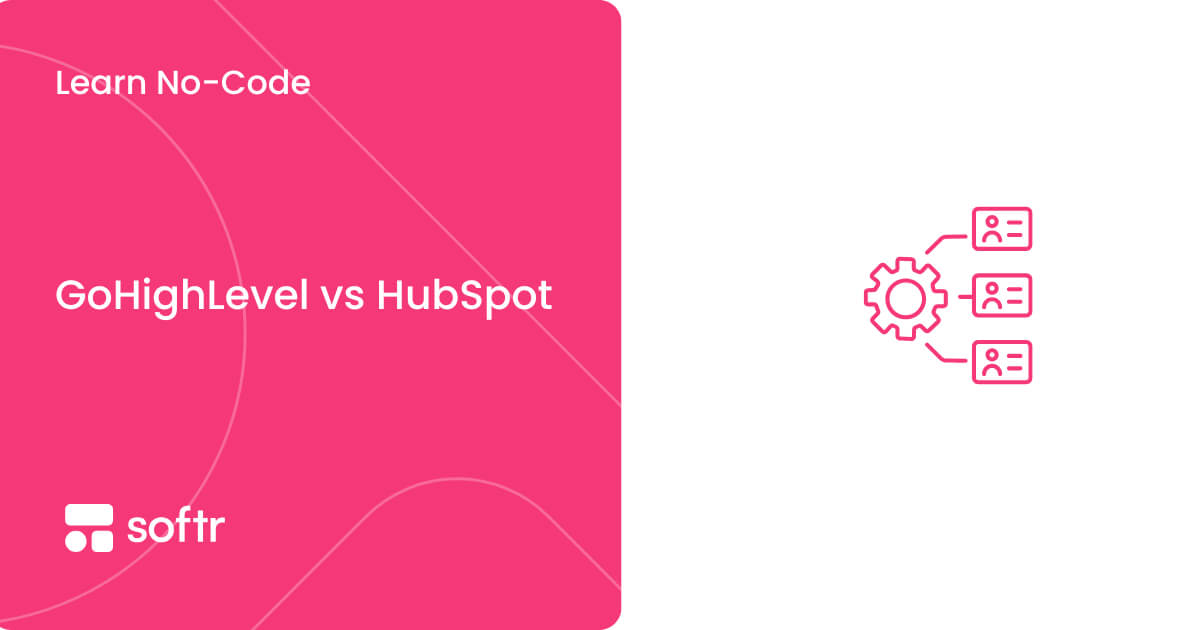No-code and the future of coding

In this article, we’re going to unpack how software development evolved to a more abstract set of paradigms and what we believe the next phase of programming and software development will look like.
The evolution of programming languages
Let’s go back to the origins of programming languages and where it all started.
There are two main paradigms of programming languages: low-level and high-level. Low-level (e.g. machine language, Assembly) is “closer to the machine/hardware” to understand the code written, while high-level (e.g. C, C++, Python, Java) is human-readable and needs to be translated to machine-understandable language. With each level of abstraction and a new generation of programming language introduced, less and less code is required to do the same thing. With this trend, building apps and websites with less code or no code at all will be the norm in the very near future.
Abstraction of software building
Abstraction is a fundamental concept in computer science. All software is built on layers of abstractions that hide complexities so that developers can work more efficiently.
These are the main ideas of software development:
- Software libraries make common logic simpler.
- Frameworks make common patterns simpler.
- Applications make entire business areas simpler, such as payments, authentication, accounting, etc.
- APIs sit on top of those simpler business areas to let anyone use them in different applications.
Every programmer already stands on the shoulders of giants. Each business area operates as an independent company, with hundreds of engineers responsible for developing and maintaining the software specific to that area.
Now developers don't have to learn how to create, run and maintain low-level server code. Instead, they can focus on their company's core business - and solve unique problems.
No-code is no different - it’s a new layer in the software abstraction layer cake. No-code tools are still powered by tons of code. The builders do not see the underlying complexity and never write code. The result - instead of learning to code, figuring out how to run a server, or connecting different pieces together to run an application, the no-code builder can focus on the application logic, and what it's supposed to do.

Now, let’s take a closer look at no-code and see how it can become the new programming standard.
No-code is the new programming
Today’s no-code tools provide an easy-to-use and intuitive visual interface for building applications, and you can build virtually any use case of any level of complexity. If you need to connect different platforms to exchange information or create more complex systems, there are also no-code automation tools such as Zapier or Make. Using these automation tools and some other more complex no-code platforms can still require some technical knowledge but they nevertheless provide a much more accessible and easy-to-understand interface.
To understand why no-code is getting more and more popular and why the demand will continue to increase, let’s dive into three core trends that are driving the no-code momentum, and adoption.
Trend 1: Tech talent scarcity
There are 27M developers in the world. While it might sound like a big number, it only accounts for 0.3% of the world's population, who knows how to code. With the continuously growing demand for software development, the existing talent simply can’t satisfy it, and, as a result, millions of businesses aren’t able to address their business needs.

Today, there are no-code platforms for geofencing, marketing, and application development. With these solutions, businesses can fill gaps in their operations without hiring developers.
Trend 2: A shift in technology
We’re in a new world of work. Technologies have become much more affordable and accessible than they used to be in the past.
In the 1970s, all software was very complex and enterprise-focused. Computers were expensive and only corporations could afford them, and those that owned a machine wanted to use it all the time to justify the cost.
In the 2000s the software was less complex, and enterprise-admin-focused. Large SMBs, and enterprises used these tools and systems to automate key processes and make work more effective.
In the 2010s SaaS tools are becoming simpler, and end-user-focused. In many cases, they are free to use, hence individuals within organizations can easily pick up, test, and embrace them in their work.
The enterprise SaaS tools from the 2010s however still have issues with:
- Lack of flexibility and agility, making them inflexible and rigid and not fitting into current workflows. You can only work the way the tool was designed to work.
- Not being collaborative
- Being hard to integrate with other tools in your workflows

For startups looking for more customized and scalable solutions, partnering with specialized app development companies for startups can provide a competitive edge. These companies offer tailored development services, ensuring that early-stage businesses have the robust apps they need to grow, without the limitations sometimes encountered with no-code tools.
Trend 3: Tech-savvy knowledge workers
The future is all about being creative and personalizing your work to fit your needs. Instead of having to change the way you work, you can use no-code platforms to build customized solutions that work for you.

Product development is getting decentralized, and everyone is empowered to build their own solutions.
Your entire team can get involved in shipping products, be it
- internal tools
- run experiments and learn from customers
- automate processes
all without developers.
In 2011, Marc Andreessen famously said “software is eating the world”. In 2022, we can say with confidence, “no-code is eating the world”.
Software development, as we know it, is about to be changed forever. We are here to make that future a reality, and lead the next phase of the no-code revolution!









